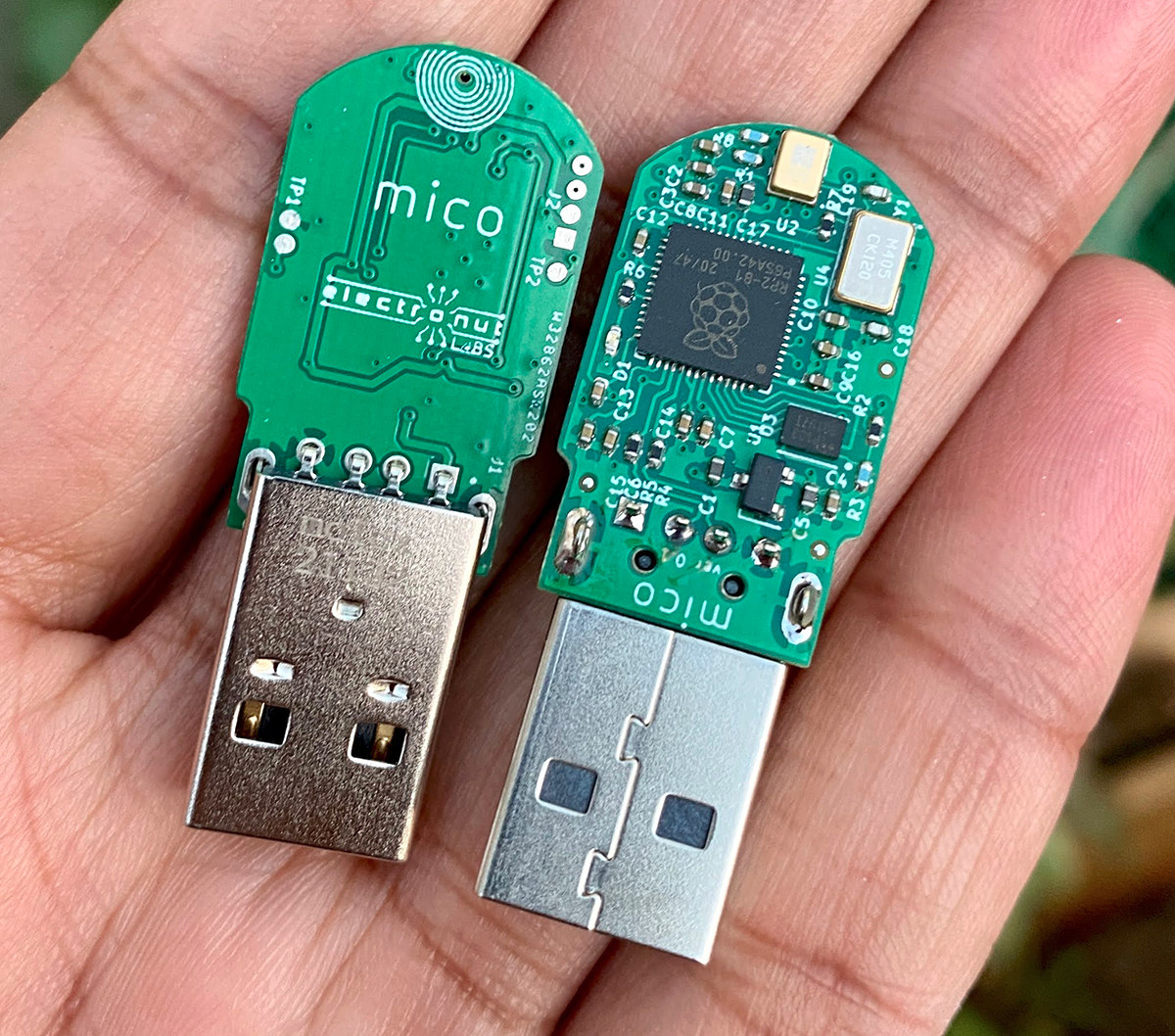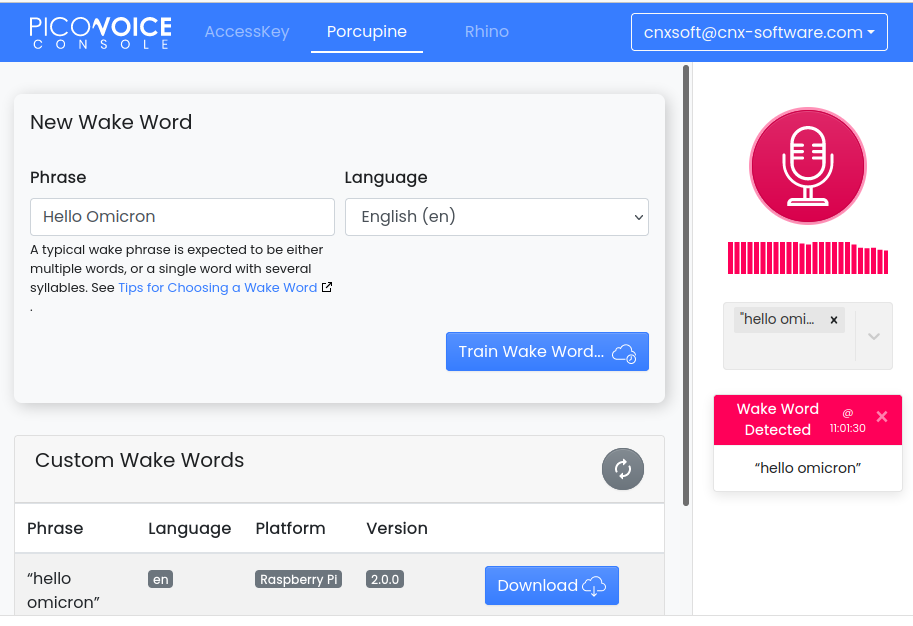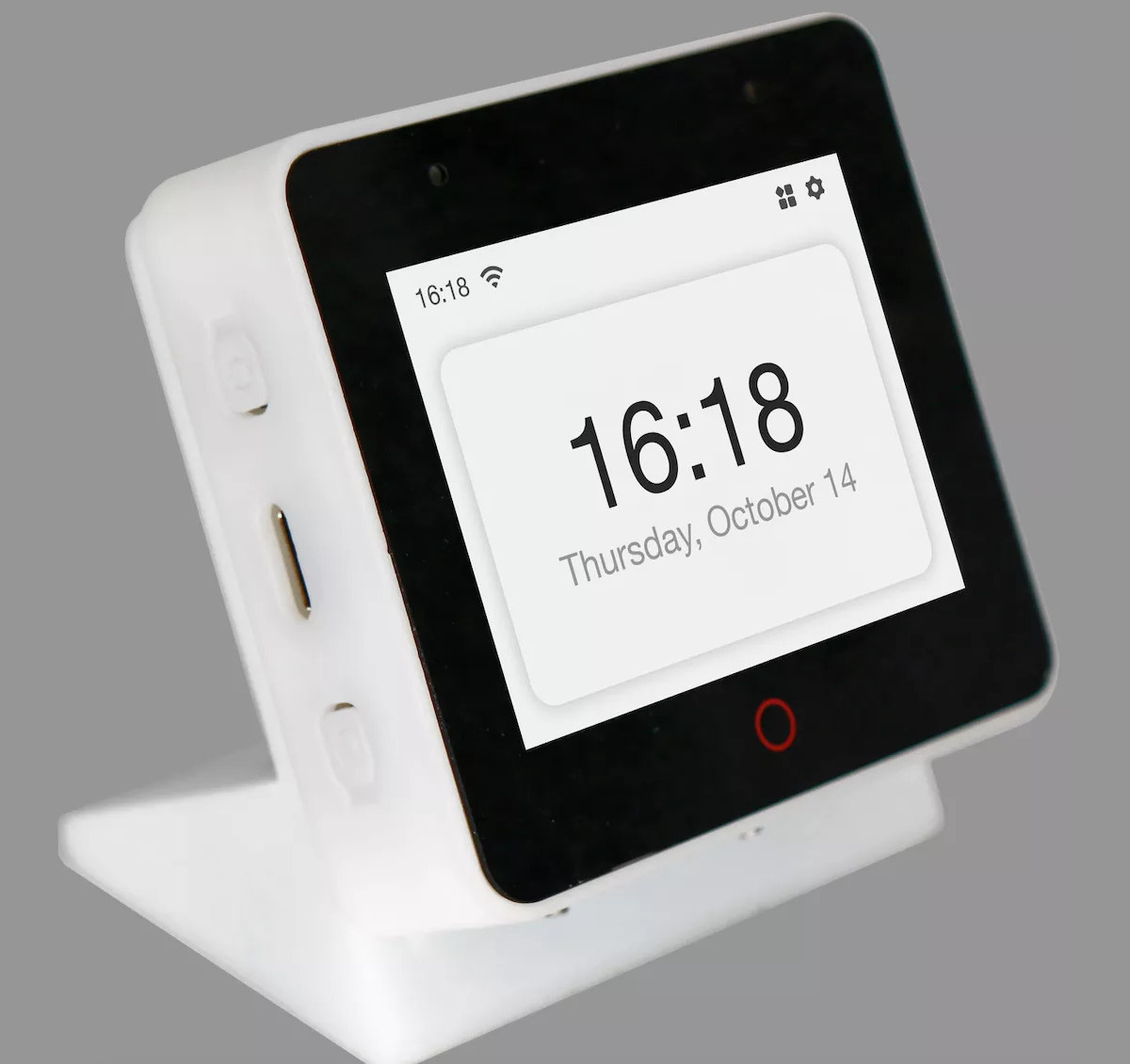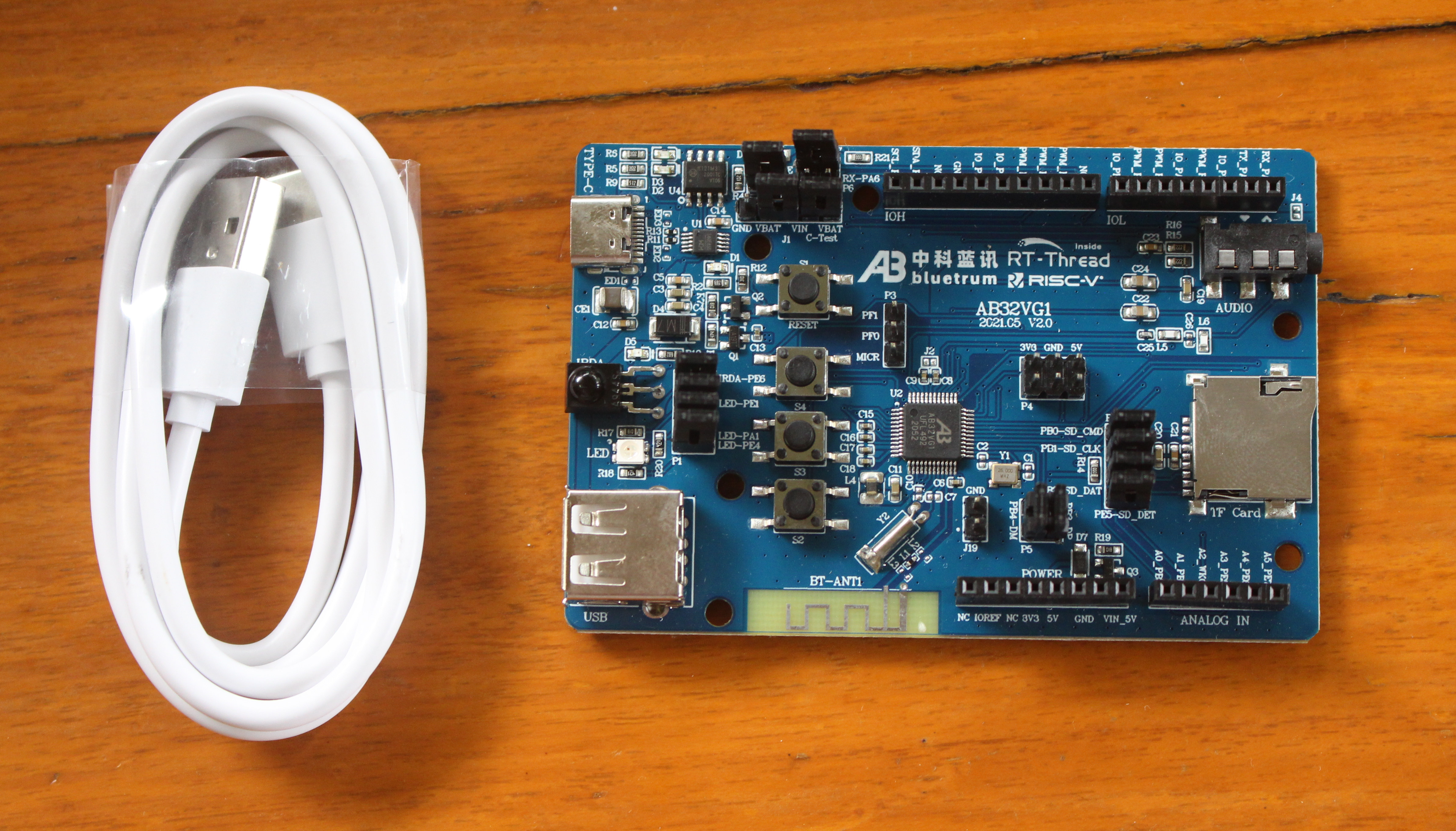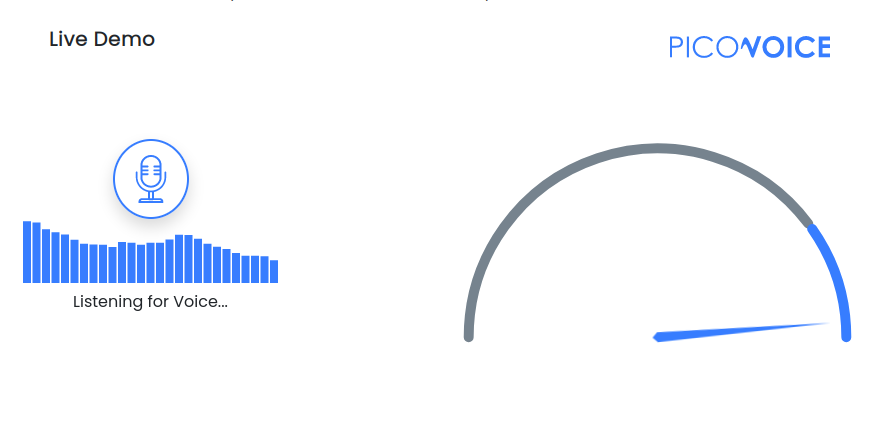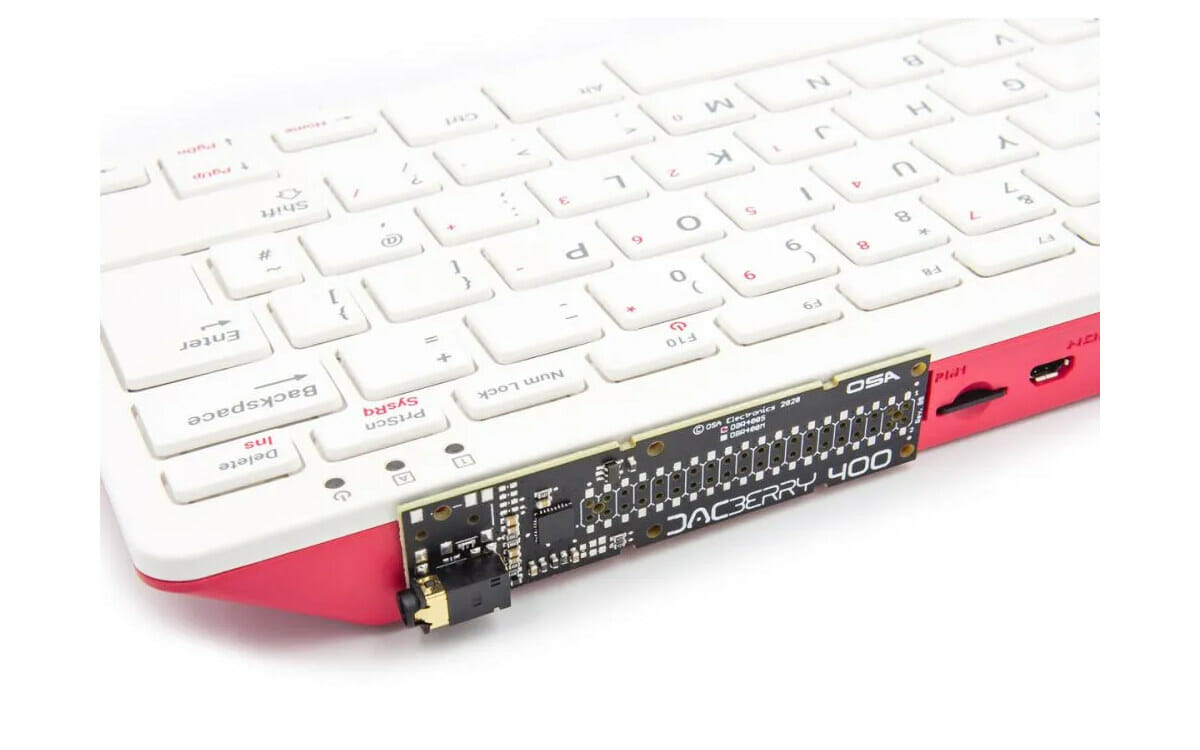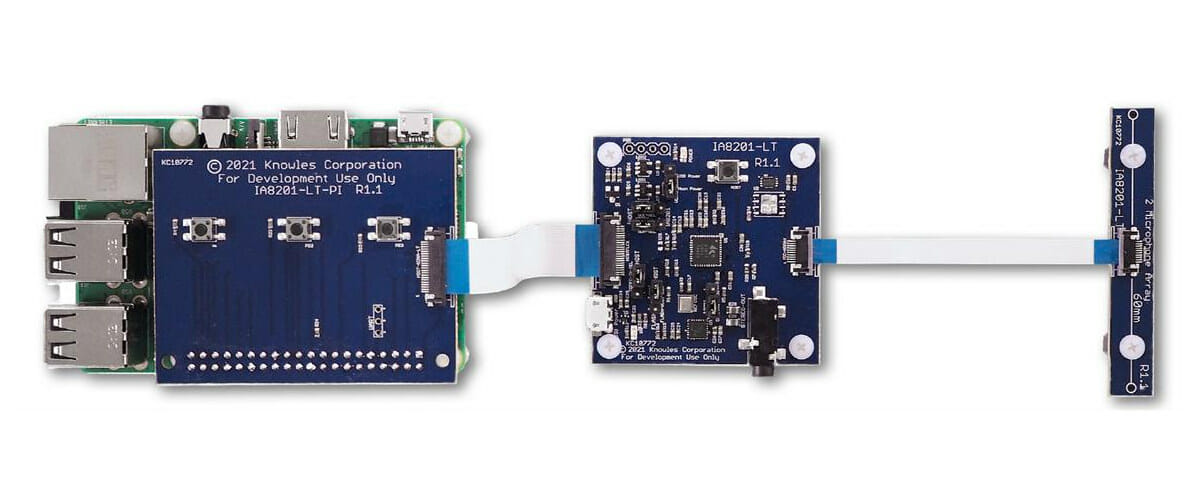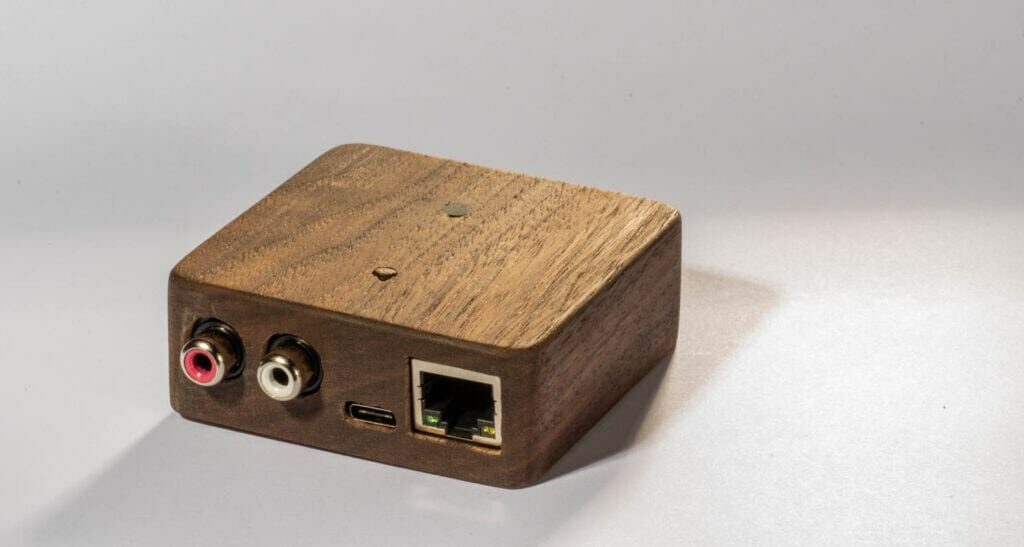Raspberry Pi RP2040 dual-core Cortex-M0+ microcontroller has found its way into Mico, a compact USB microphone with a PDM microphone providing better quality than cheap USB microphones going for one or two dollars or even 5 cents shipped for new Aliexpress users. The project started when Mahesh Venkitachalam (Elecronut Labs) was doing audio experiments with Machine Learning on the Raspberry Pi, and found out USB microphone dongles were extremely noisy with poor (distance) sensitivity, so he completed the project with a high-quality I2S microphone instead. He then had the idea of making his own USB microphone and found out Sandeep Mistry had already developed a Microphone Library for Pico, so he mostly had to work on the hardware that’s how Mico Raspberry Pi RP2040 USB microphone came to be. Mico specifications: MCU – Raspberry Pi RP2040 dual-core Cortex-M0+ microcontroller @ up to 133 MHz with 264KB SRAM Storage – 128Mbit […]
PicoVoice offline Voice AI engine gets free tier for up to 3 users
PicoVoice offline Voice AI engine has now a free tier that allows people to create custom wake words and voice commands easily for up to three users on any hardware including Raspberry Pi and Arduino boards. I first learned about PicoVoice about a year ago when the offline voice AI engine was showcased on a Raspberry Pi fitted with ReSpeaker 4-mic array to showcase the company’s Porcupine custom wake word engine, and Rhino Speech-to-Intent engine. The demo would support 9 wake words with Alexa, Bumblebee, Computer, Hey Google, Hey Siri, Jarvis, Picovoice, Porcupine, and Terminator. More importantly, the solution allows you to easily create your own custom words in minutes from a web interface by simply typing the selected wake word, with no need for hundreds of voice samples or waiting weeks to get it done. So I tried “Hey You” first, but I was told it was too short, […]
Espressif introduces ESP32-S3-BOX AI development kit for online and offline voice applications
Espressif Systems has very recently introduced the ESP32-S3-BOX AI voice devkit designed for the development of applications with offline and online voice assistants, and whose design I find similar to the M5Stack Core2 devkit, but the applications will be different. The ESP32-S3-BOX features the latest ESP32-S3 processor with WiFi and BLE connectivity, AI capabilities, as well as a 2.4-inch capacitive touchscreen display, a 2-mic microphone array, a speaker, and I/O connectors with everything housed in a plastic enclosure with a stand. ESP32-S3-BOX specifications: WiSoC – ESP32-S3 dual-core Tensilica LX7 up to 240 MHz with Wi-Fi & Bluetooth 5, AI instructions, 512KB SRAM Memory and Storage – 8MB octal PSRAM and 16MB QSPI flash Display – 2.4-inch capacitive touchscreen display with 320×240 resolution Audio – Dual microphone, speaker USB – 1x USB Type-C port for power and debugging (JTAG/serial) Expansion – 2x Pmod-compatible headers for up to 16x GPIOs Misc Power […]
Giveaway Week – Bluetrum AB32VG1 RISC-V board
The next prize for our once-in-a-year giveaway week is Bluetrum AB32VG1 RISC-V development board based on Bluetrum AB5301A MCU. The board is designed for Bluetooth audio applications as well as general-purpose applications and comes with Arduino headers for expansion. A USB Type-C cable is also included for power and programming. I tested the RISC-V board with RT-Thread open-source operating systems, and let’s say it was quite challenging because development tools need to be improved, but RT-Thread developers are committed to providing a better experience to developers. What’s important is that in the end, after some efforts, I managed to blink an LED and play some music through a pair of speakers connected to the 3.5mm audio jack, and the USB port for power. At the time of review, there was no Bluetooth sample, and a quick look at the documentation shows it may not be available just yet. If you’d […]
Picovoice Cobra Voice Activity Detection Engine shown to outperform Google WebRTC VAD
Picovoice Cobra Voice Activity Detection (VAD) engine has just been publicly released with support for Raspberry Pi, BeagleBone, NVIDIA Jetson Nano, Linux 64-bit, macOS 64-bit, Windows 64-bit, Android, iOS, and web browsers that support WebAssembly. Support for other Cortex-M and Cortex-A based SoCs can also be made available but only to enterprise customers. Picovoice already offered custom wake word detection with an easy and quick web-based training and offline voice recognition for Raspberry Pi, and even later ported their voice engine to Arduino. Cobra VAD is a new release, and, like other VADs, aims to detect the presence of a human voice within an audio stream. Picovoice Cobra can be found on Github, but note this is not an open-source solution, and instead, libpv_cobra.so dynamic library is provided for various targets, together with header files and demos in C, Python, Rust, and WebAssembly, as well as demo apps for iOS […]
Add an audio jack to Raspberry Pi 400 with the DACBerry 400
The Raspberry Pi 400 is a keyboard PC with most of the features of Raspberry Pi 4 SBC, with one of the exceptions being the lack of AV port. But you can now add a 3.5mm audio jack to the Raspberry Pi 400 through the DACBerry 400 S expansion board that connects to the 40-pin GPIO header. It’s a neater way than using a cheap USB audio dongle with microphone and headphone jacks, as it takes less space, and does not occupy any of the USB ports from the Raspberry Pi 400, and it does not prevent you from using the GPIO header. It’s also better suited for headphones with both microphone input and analog stereo audio output into a single jack, and probably comes with better audio quality than the low-cost USB dongles. DACBerry 400 S (DBR400S) specifications: Gold-plated 3.5mm headset/headphone jack (mic in – stereo out) DAC SNR […]
Raspberry Pi smart audio devkit features AISonic IA8201 DSP, microphone array
Knowles AISonic IA8201 Raspberry Pi development kit is designed to bring voice, audio edge processing, and machine learning (ML) listening capabilities to various systems, and can be used to evaluate the company’s AISonic IA8201 DSP that was introduced about two years ago. The kit is comprised of three boards with an adapter board with three buttons connecting to the Raspberry Pi, as well as the AISonic IA8210 DSP board itself connected via a flat cable to a microphone array. Knowles AISonic Raspberry Pi development kit Knowles did not provide the full details for the development but says it enables wake-on-voice processing for low latency voice UI, noise reduction, context awareness, and accelerated machine learning inferencing for edge processing of sensor inputs. Some of the use cases include Low Power Voice Wake to listen for specific OEM keywords to wake the host processor, Proximity Detection when combined with an ultrasonic capable […]
DIY Spotify Box features custom-designed Allwinner V3s SBC
The Spotify Box is a small DIY device based on an Allwinner V3s single-core Cortex-A7 camera SoC and a wooden enclosure designed to play Spotify songs, and not much else… The device serves as a bridge between the official Spotify app and your home audio system connected through the RCA jacks of the box. and allowing you to connect your smartphone to your audio setup and stream music throughout your house. Spotify Box specifications: SoC – Allwinner V3s single-core Cortex-A7 processor @ 1.2 GHz with on-chip 64MB DDR2 Storage – MicroSD card slot for OS Audio – 2x RCA jack for left and right audio Connectivity 10/100M Ethernet RJ45 port 2.4 GHz 802.11b/g/n WiFi 4 and Bluetooth 4.2 via RTL8723DS module Misc – Push button, RGB LED Power Supply – 5V via USB-C port Evan Hailey selected Allwinner V3s over other processors such as NXP i.MX233 or Microchip SAM9N because […]


